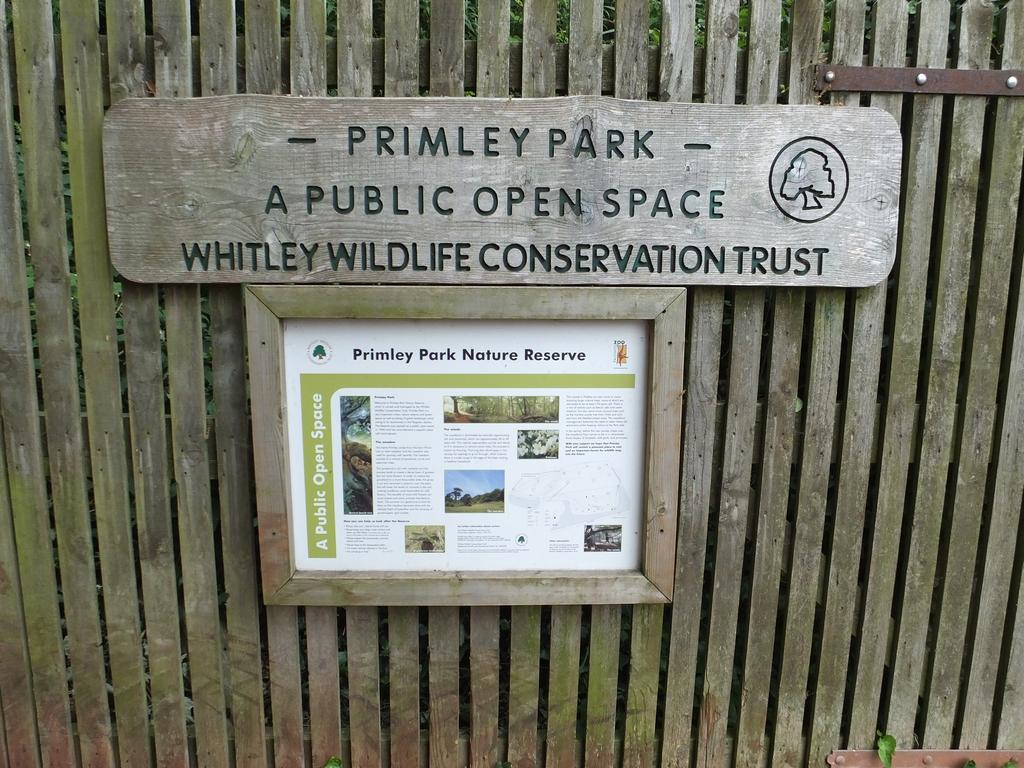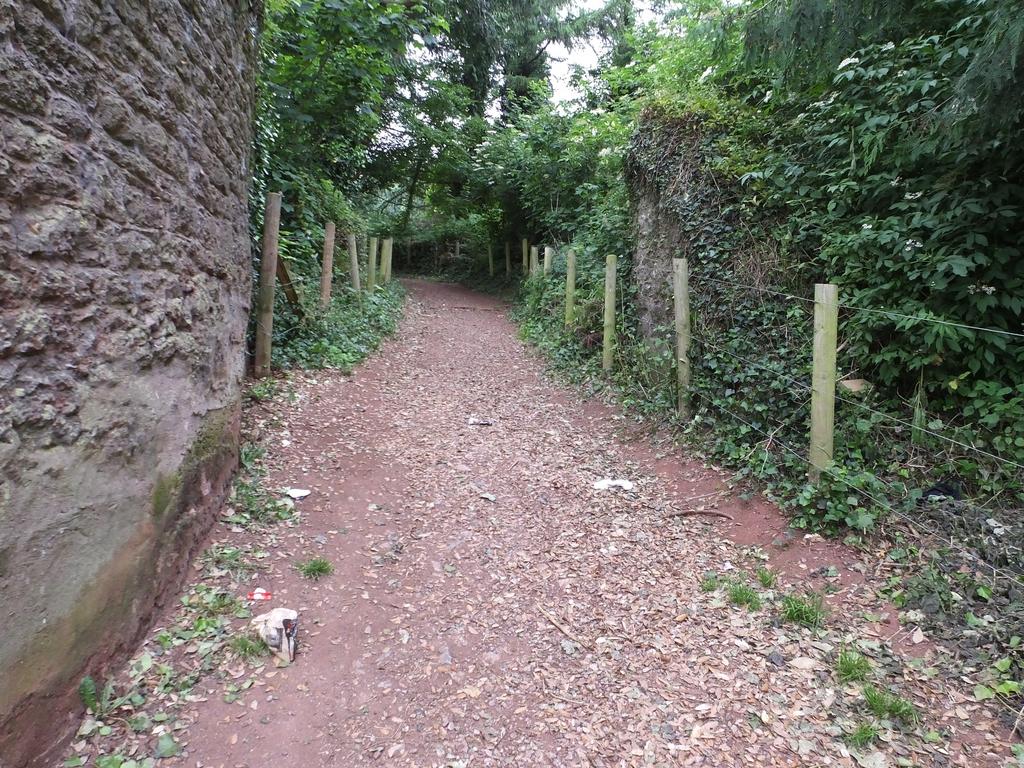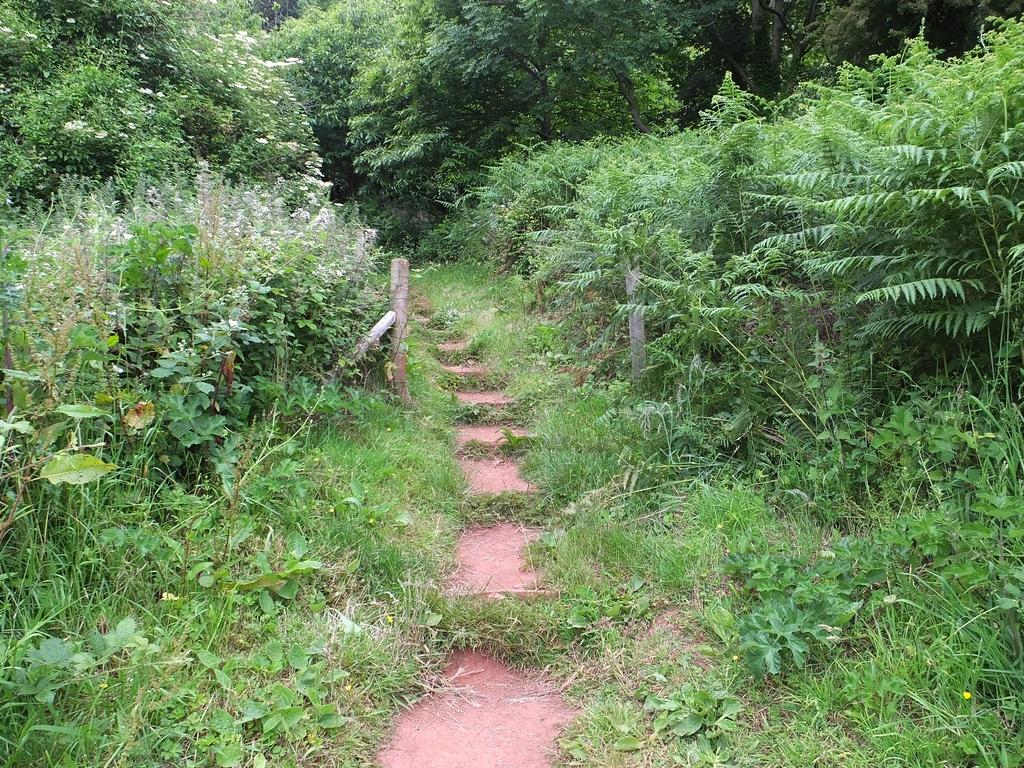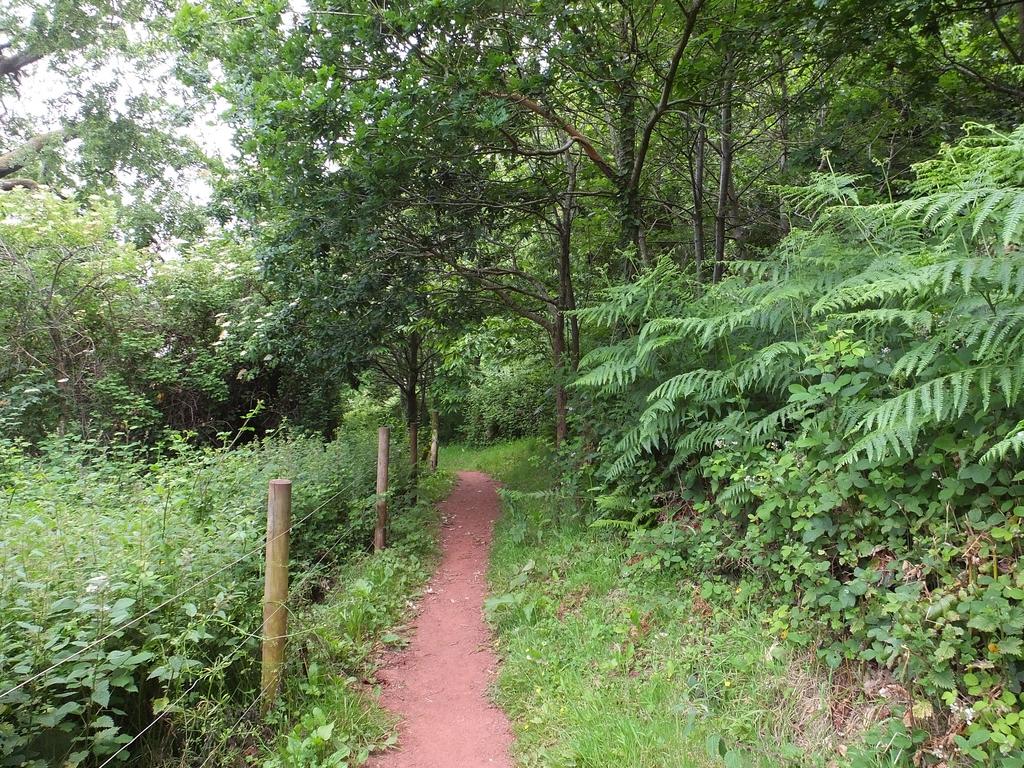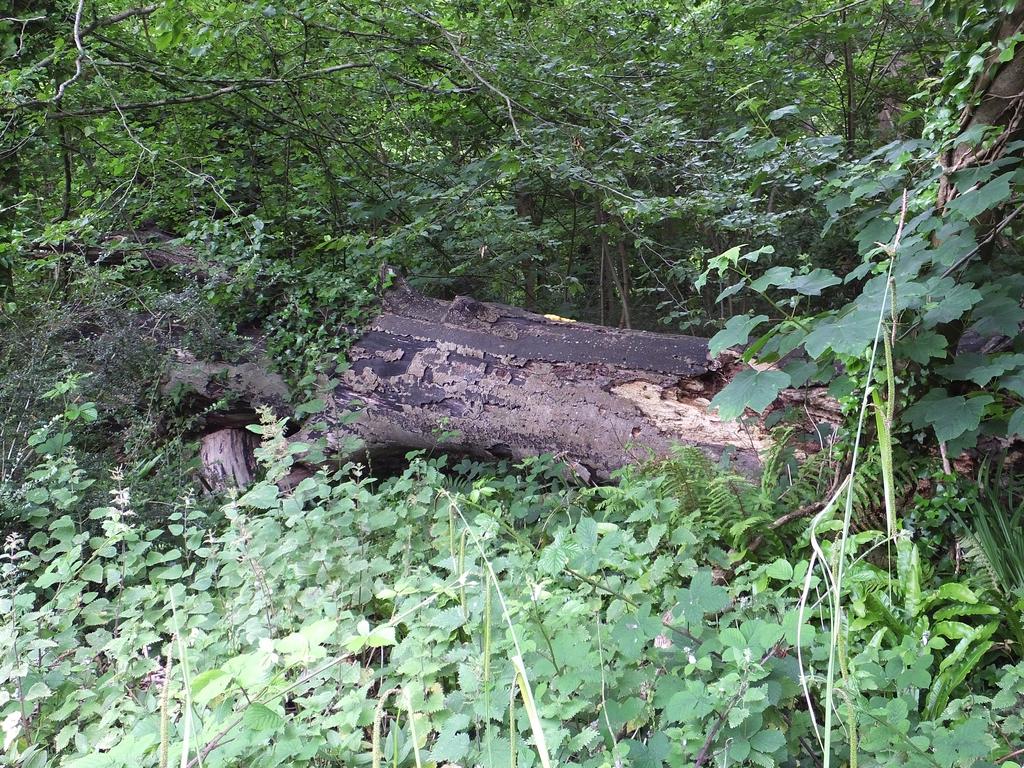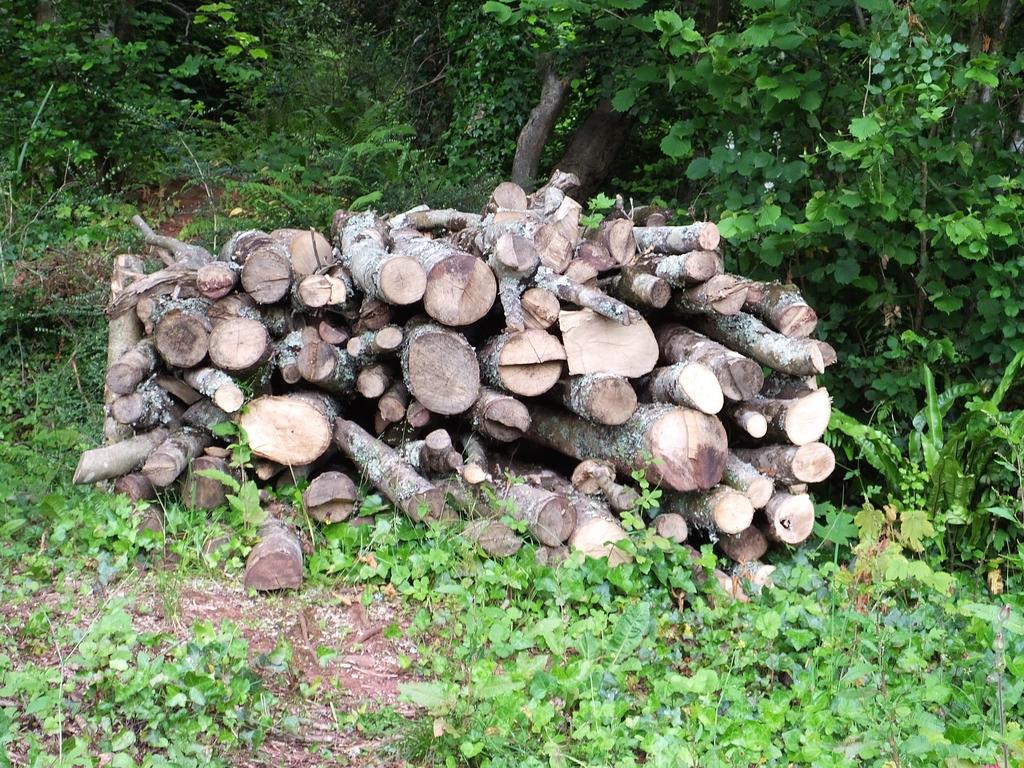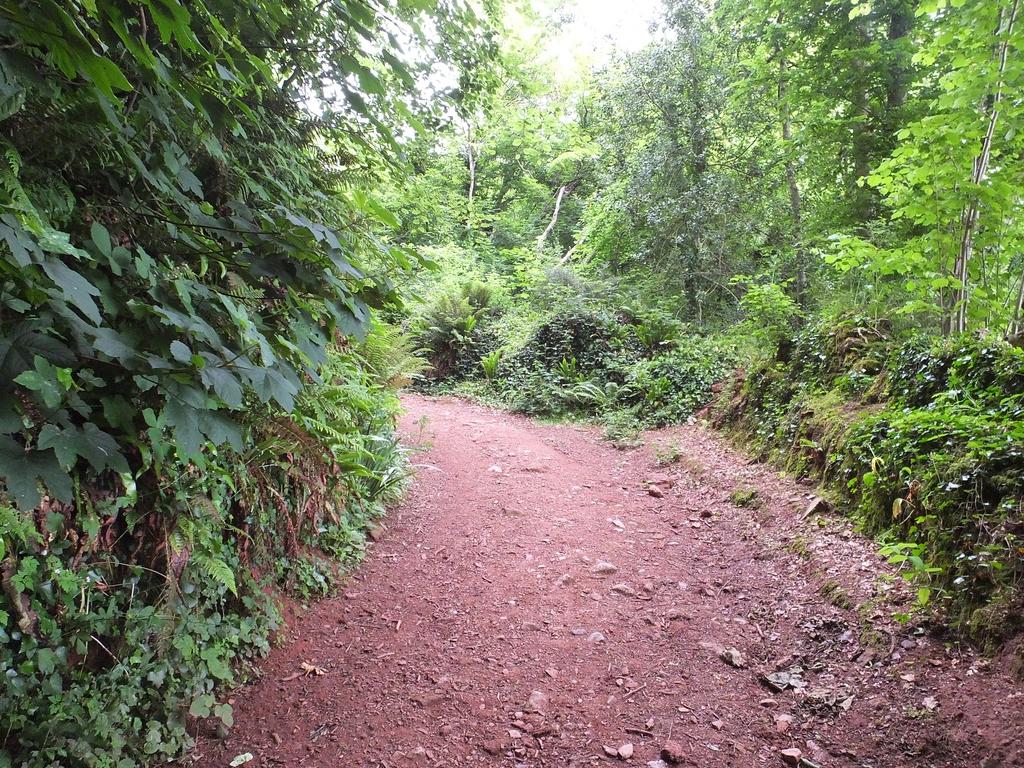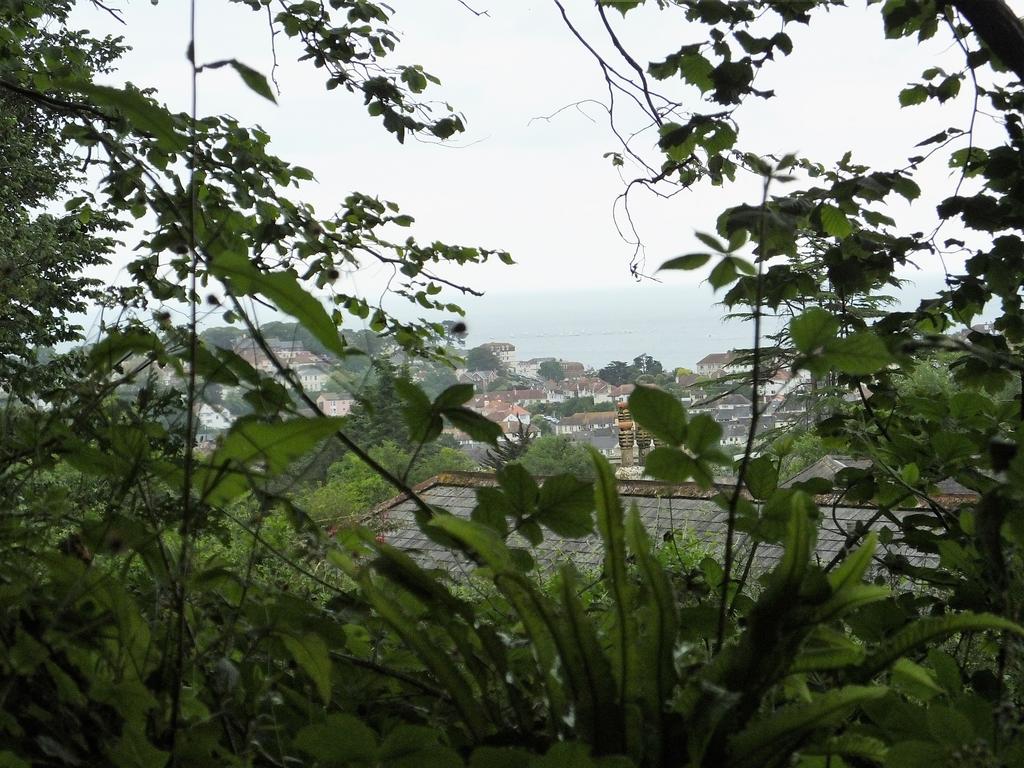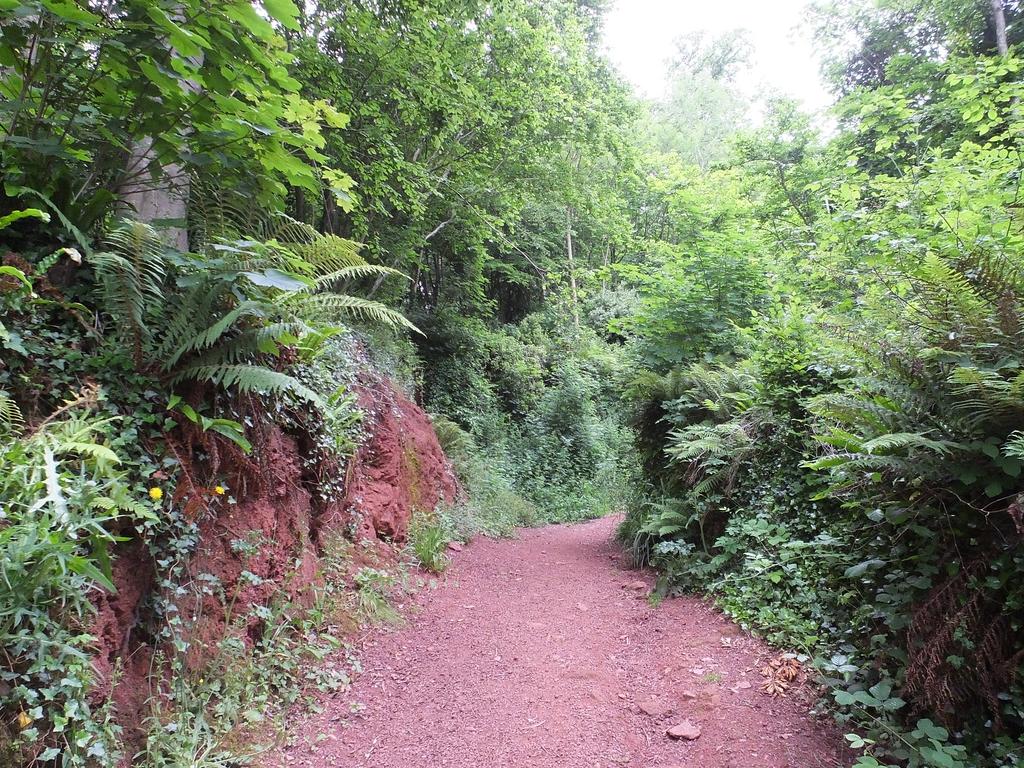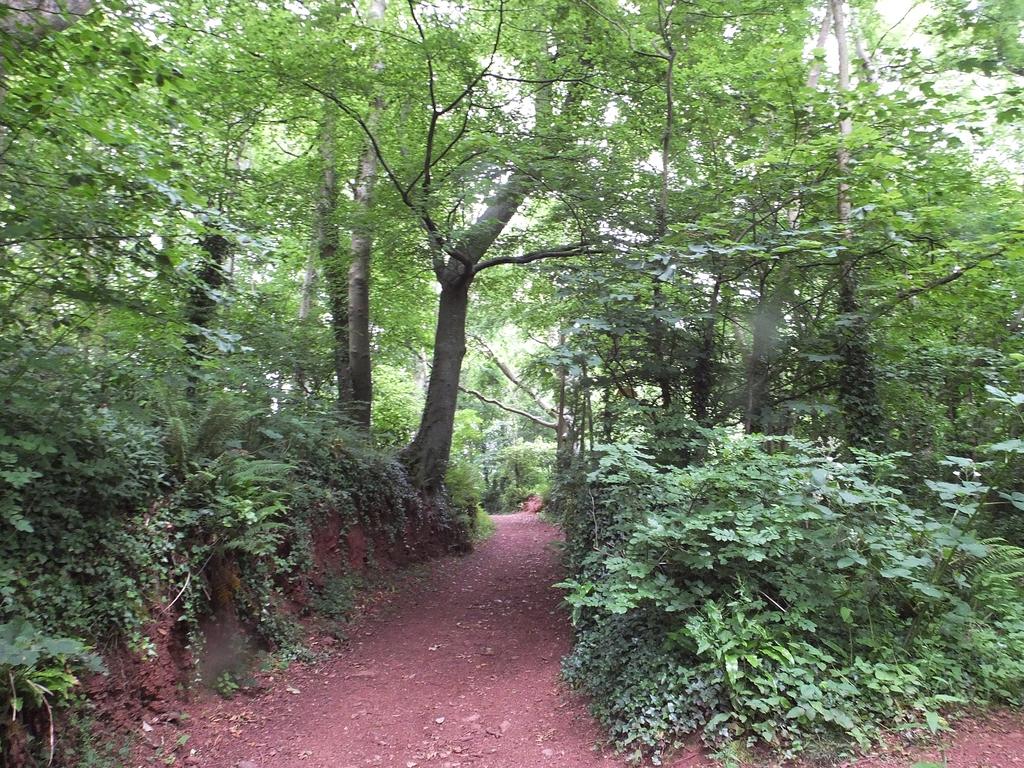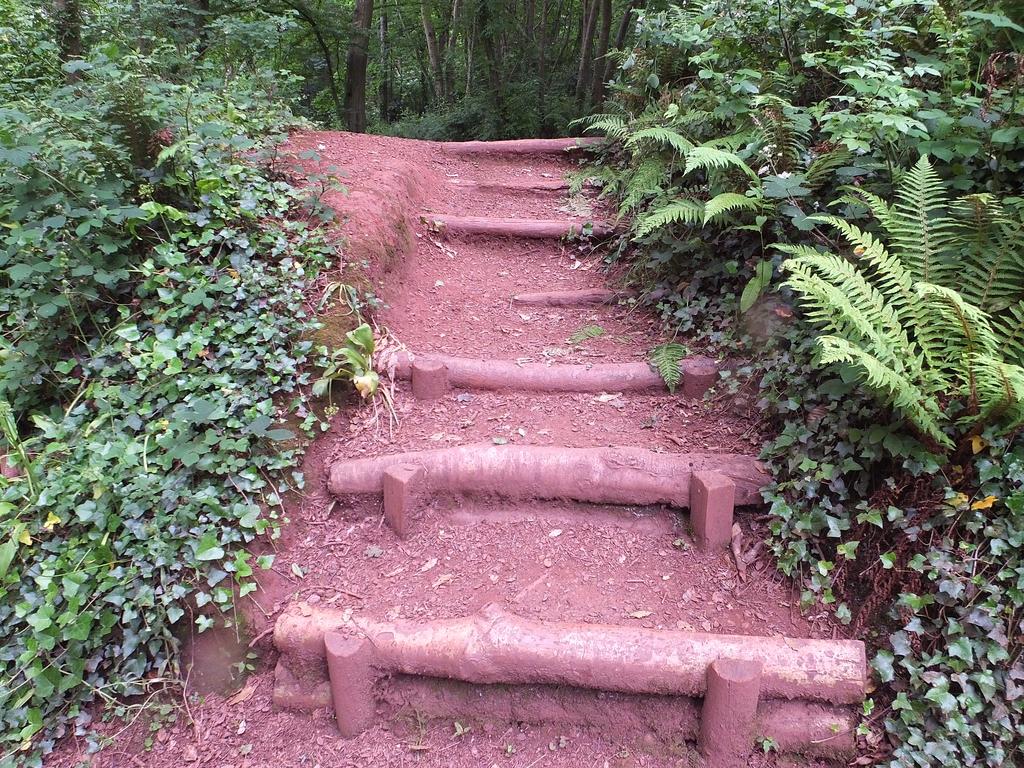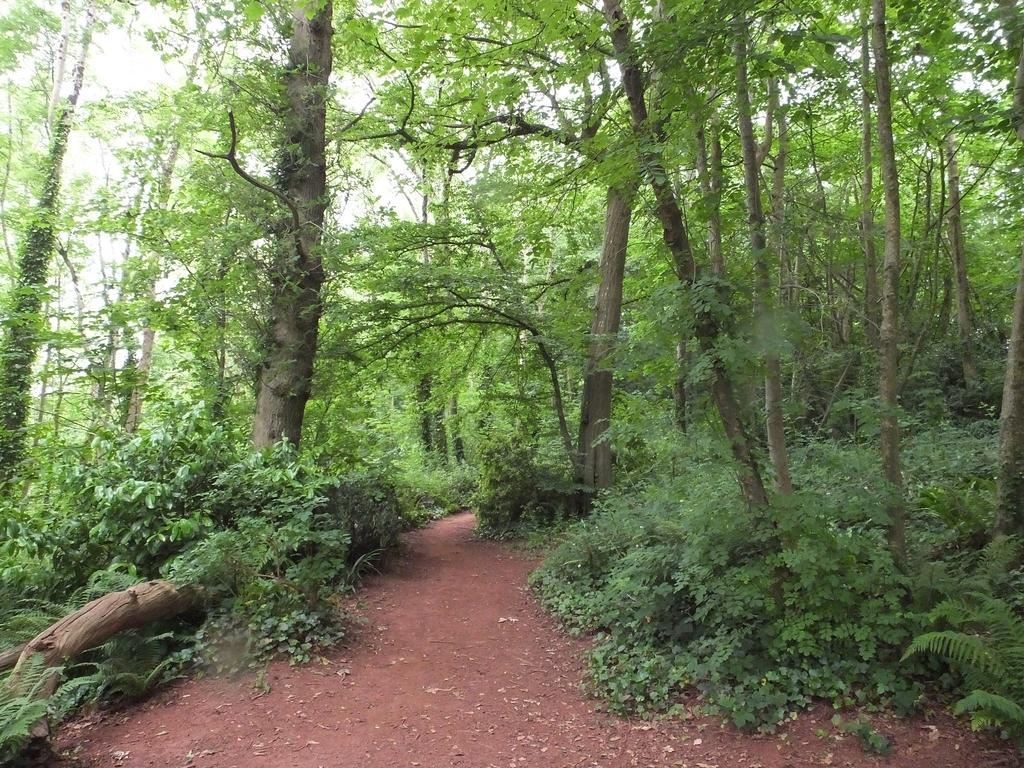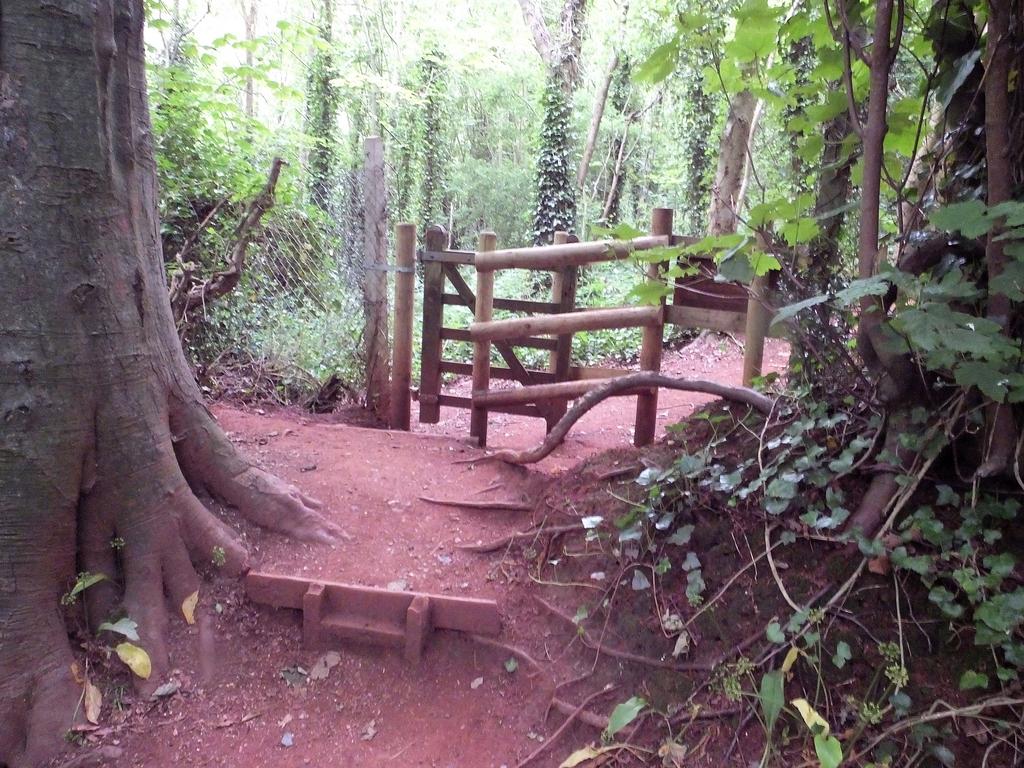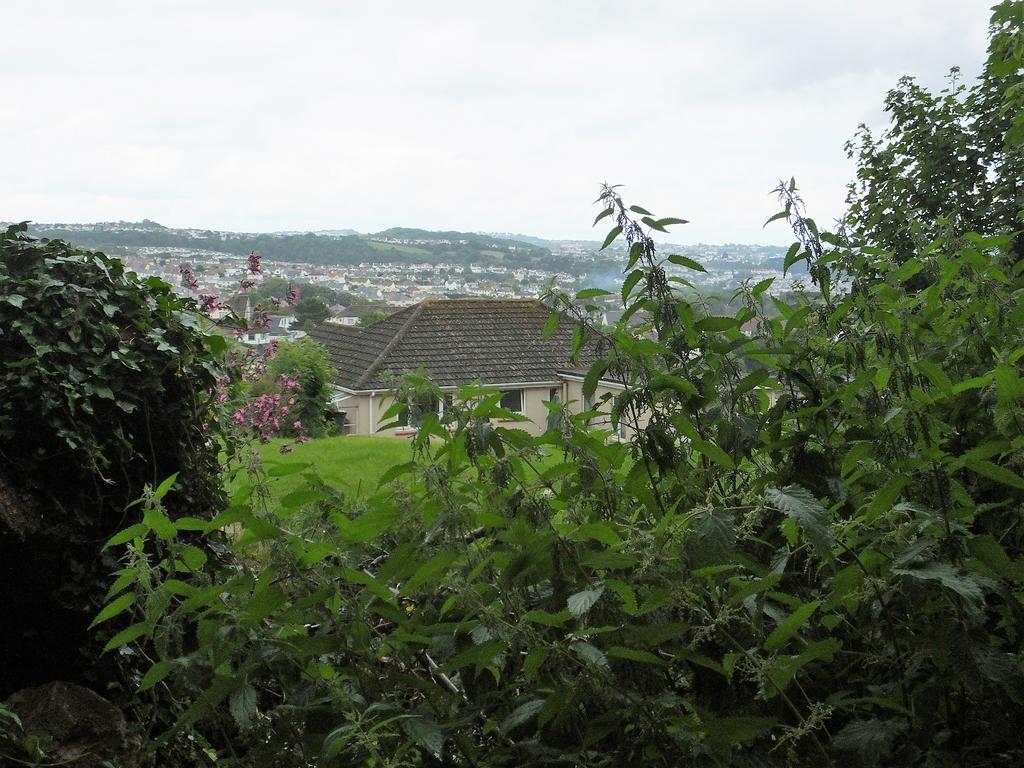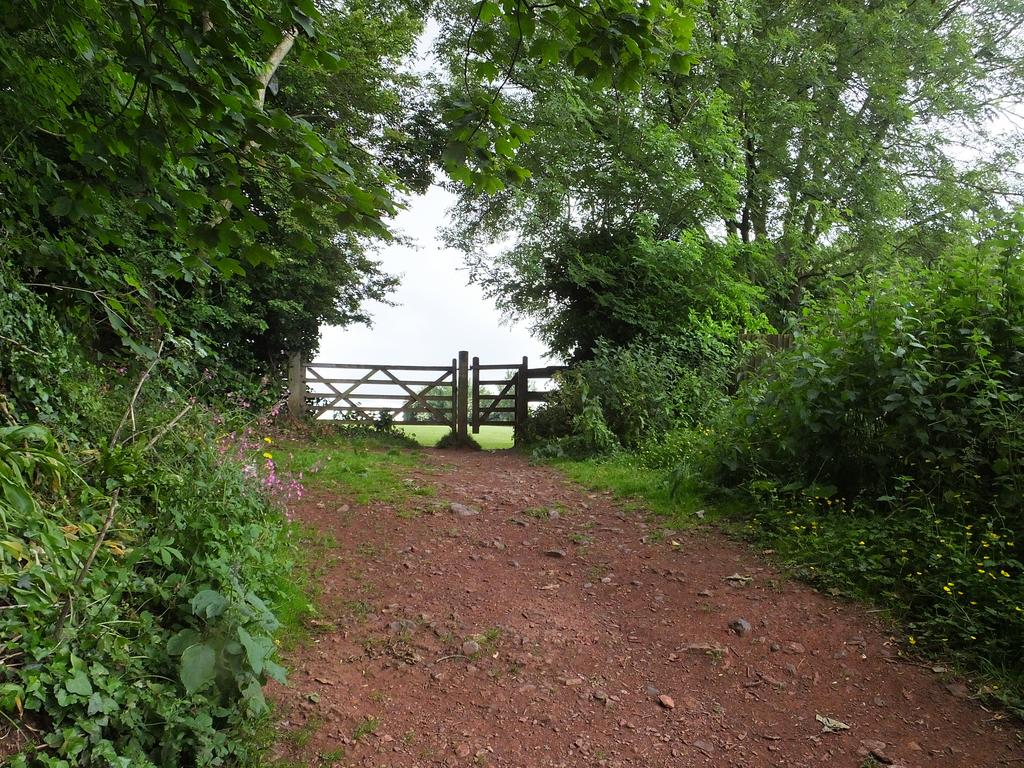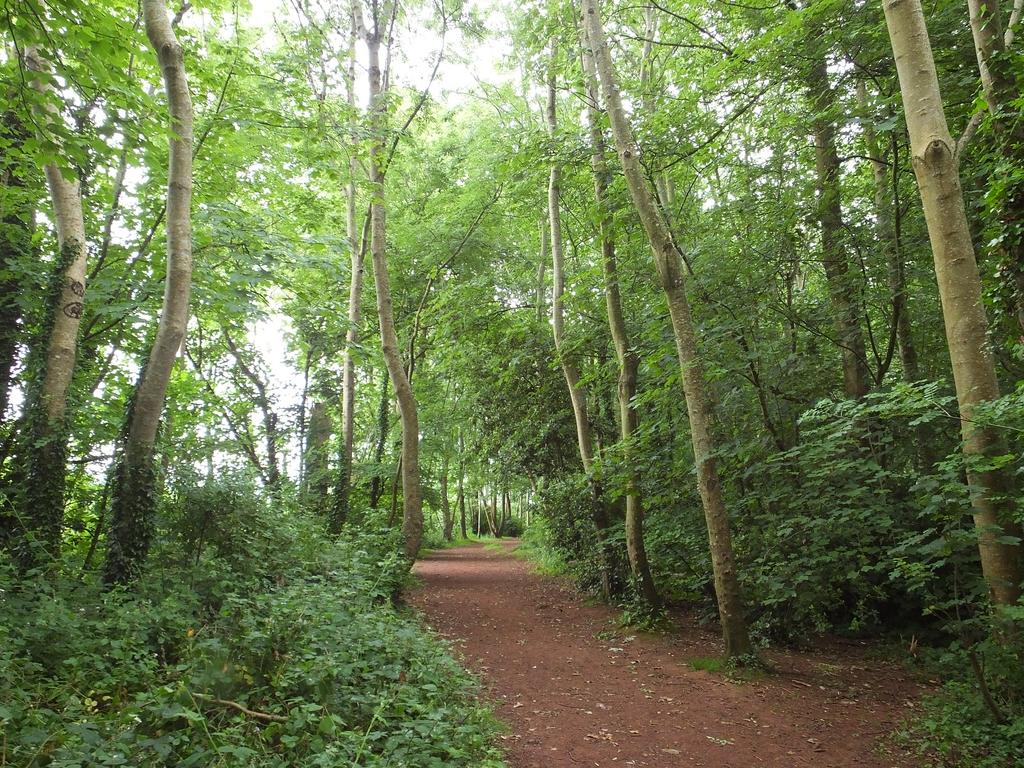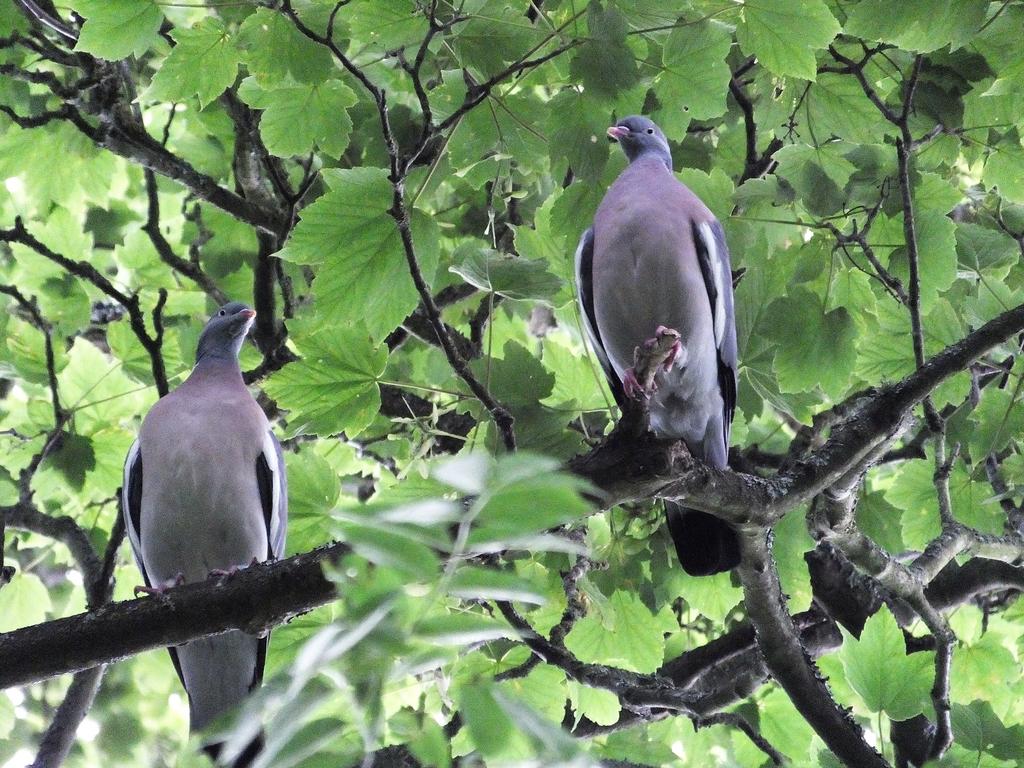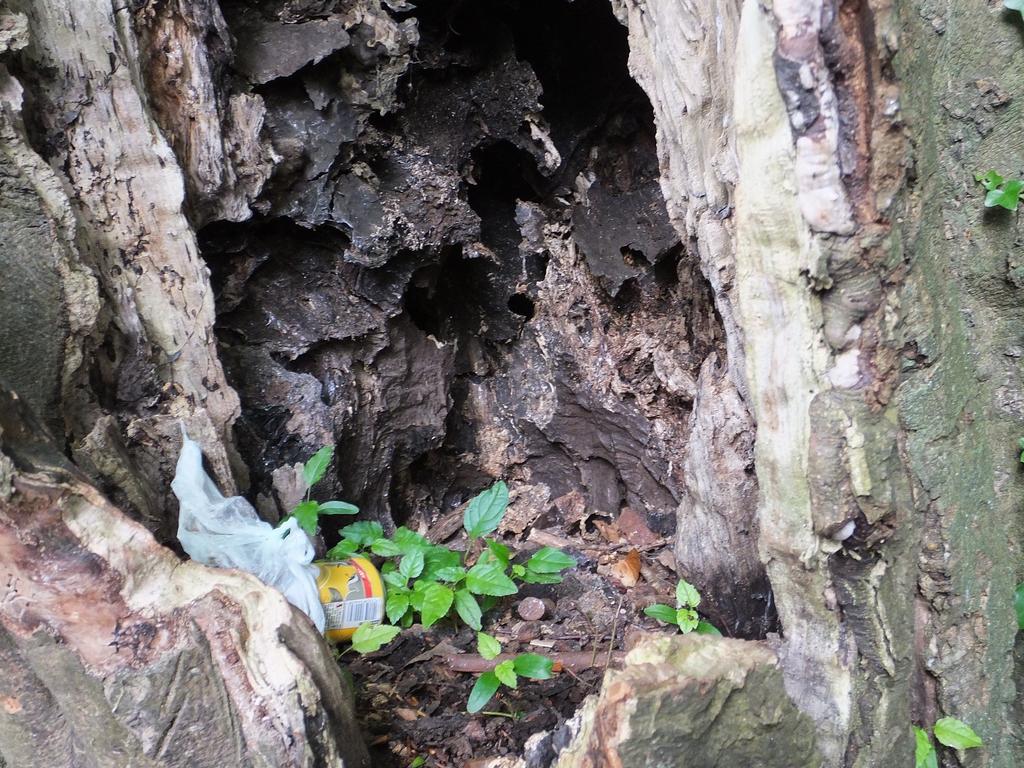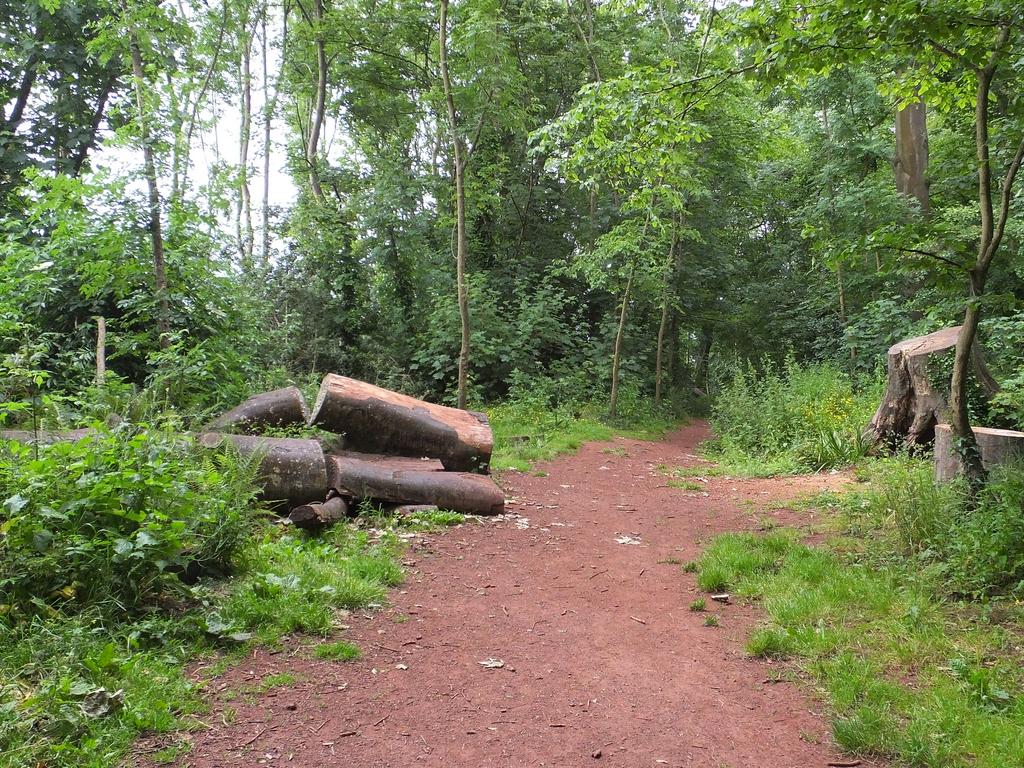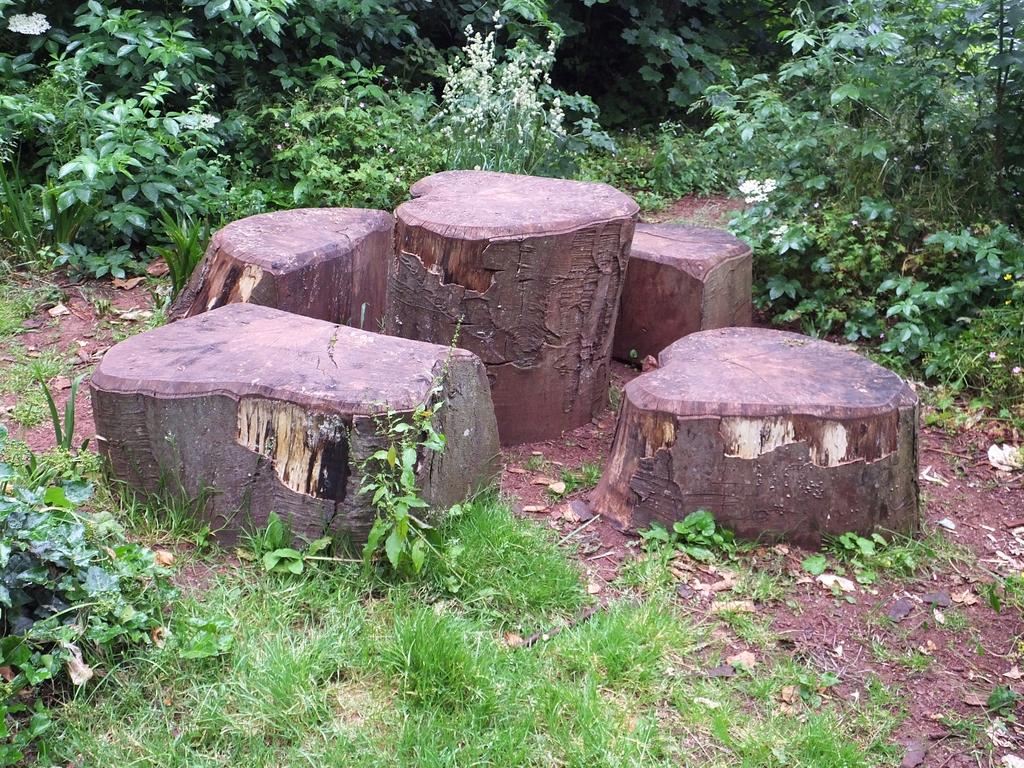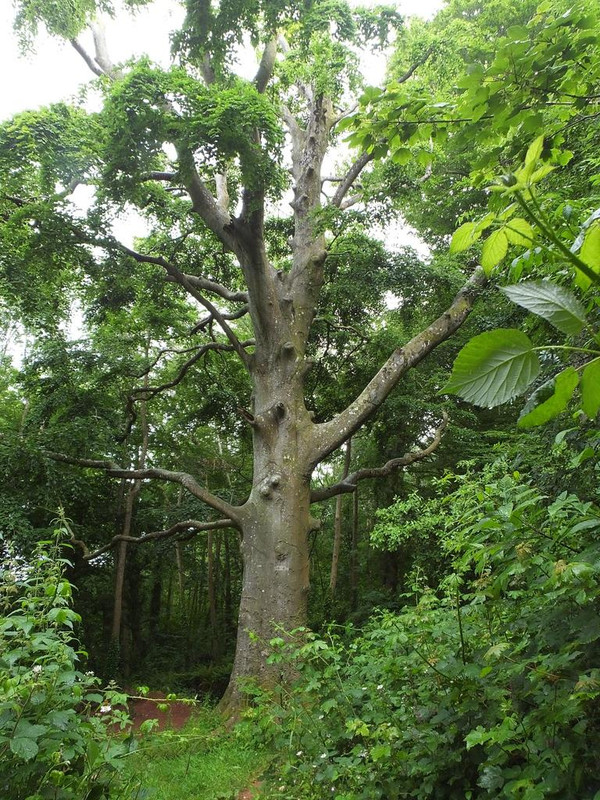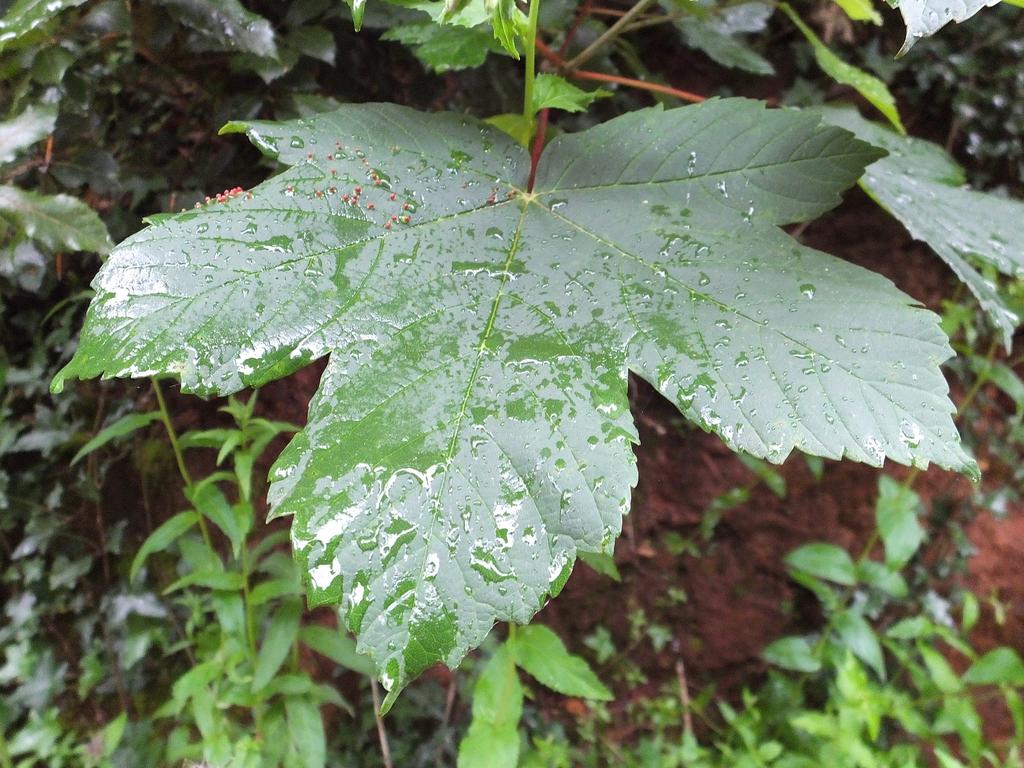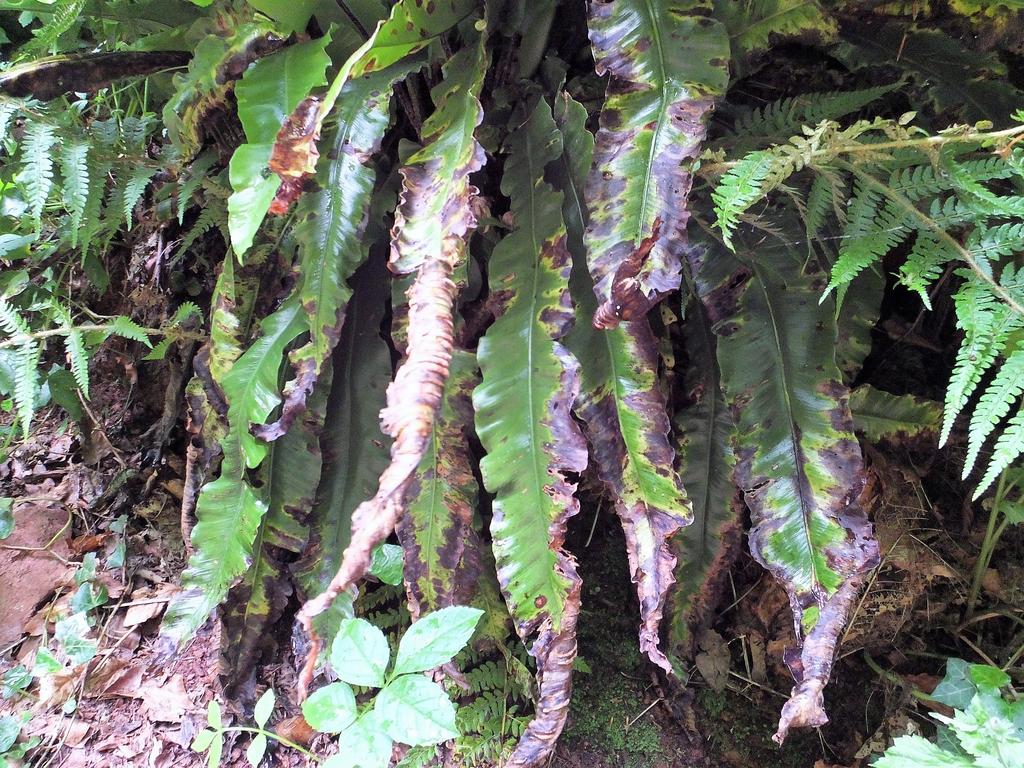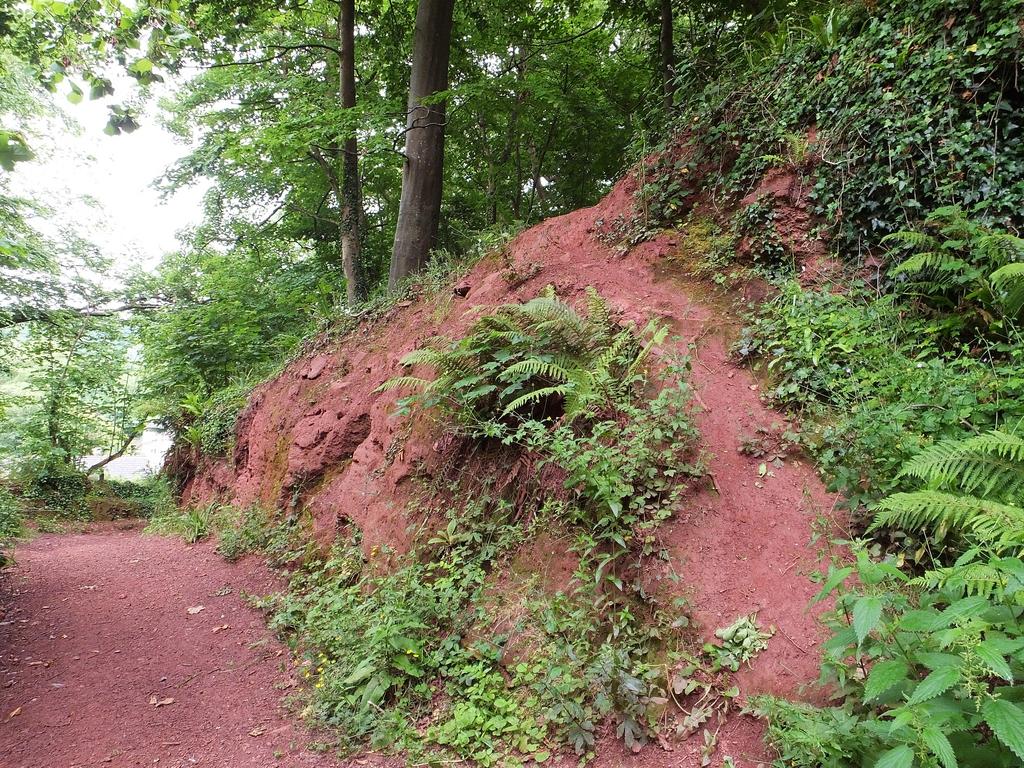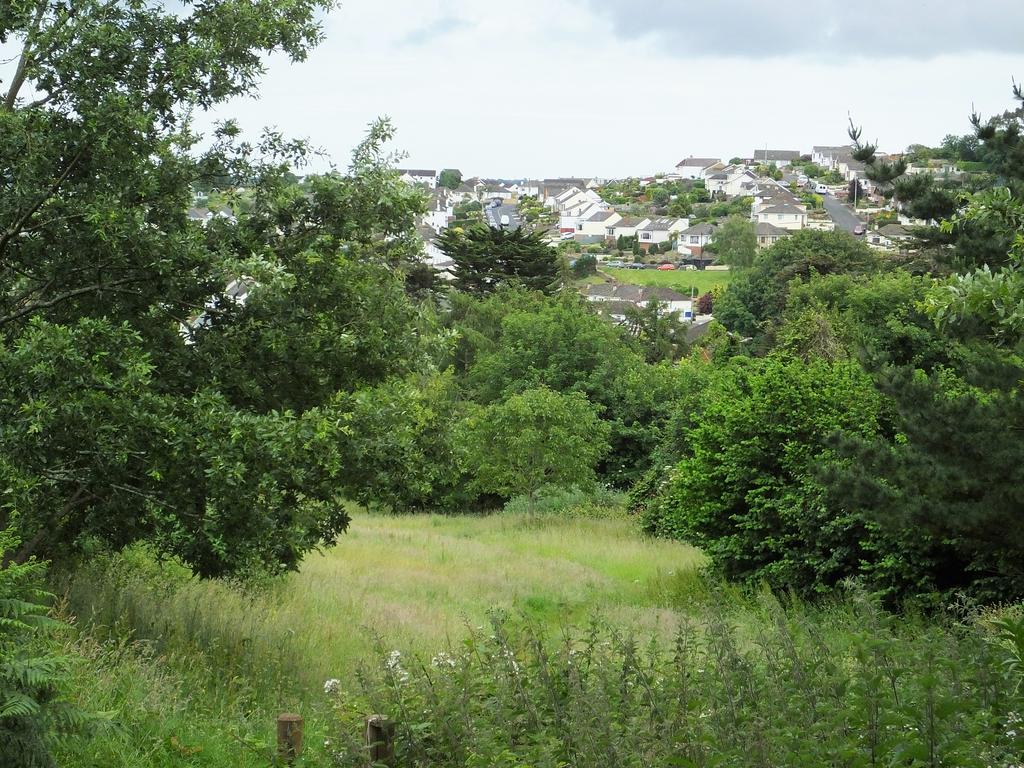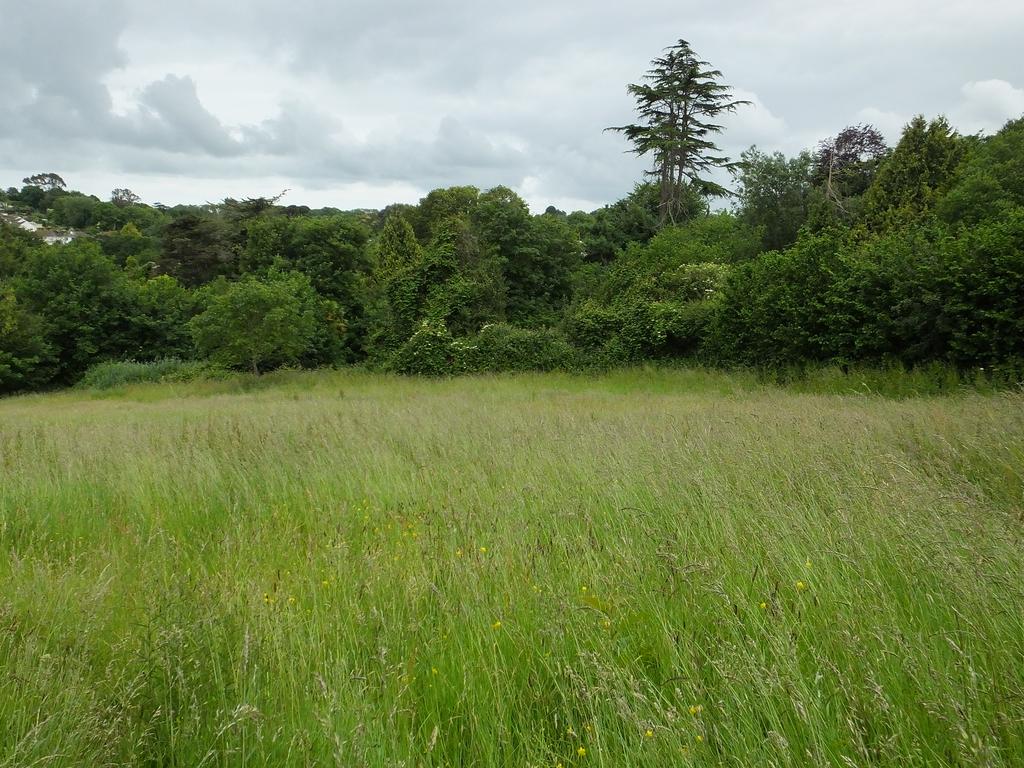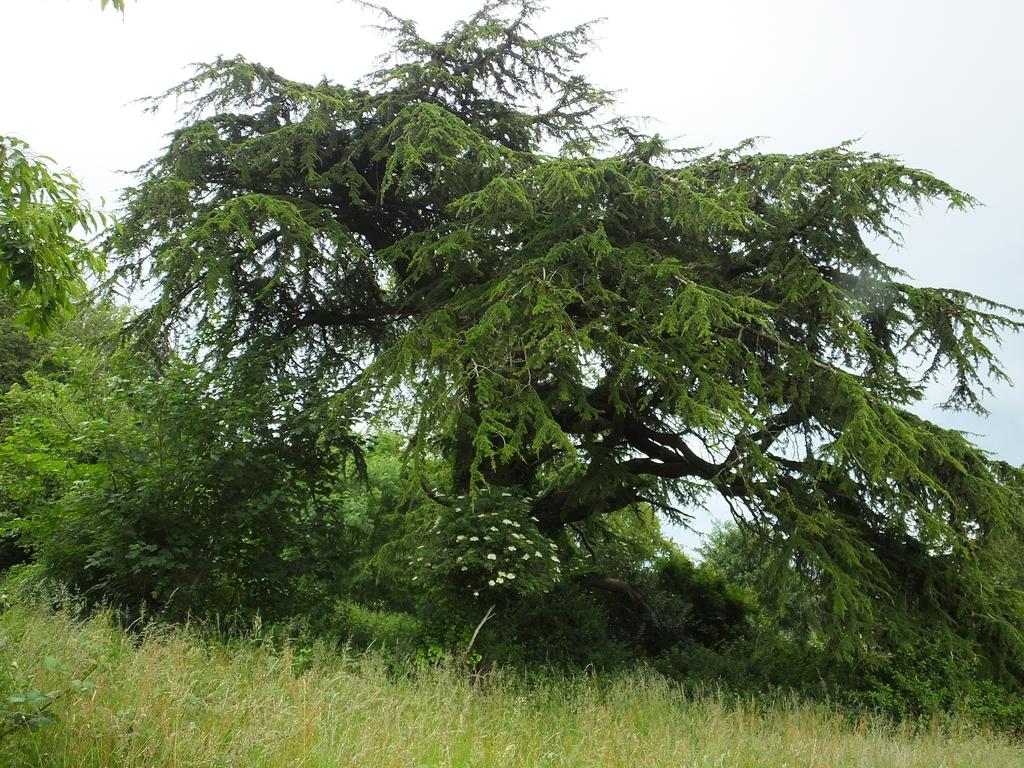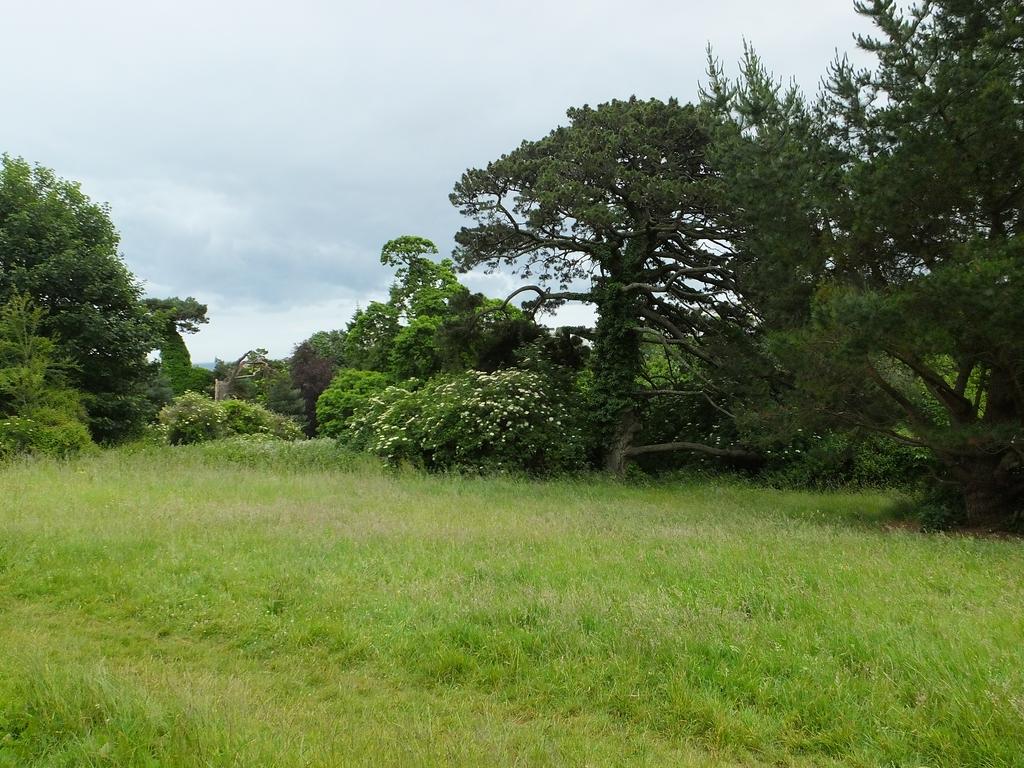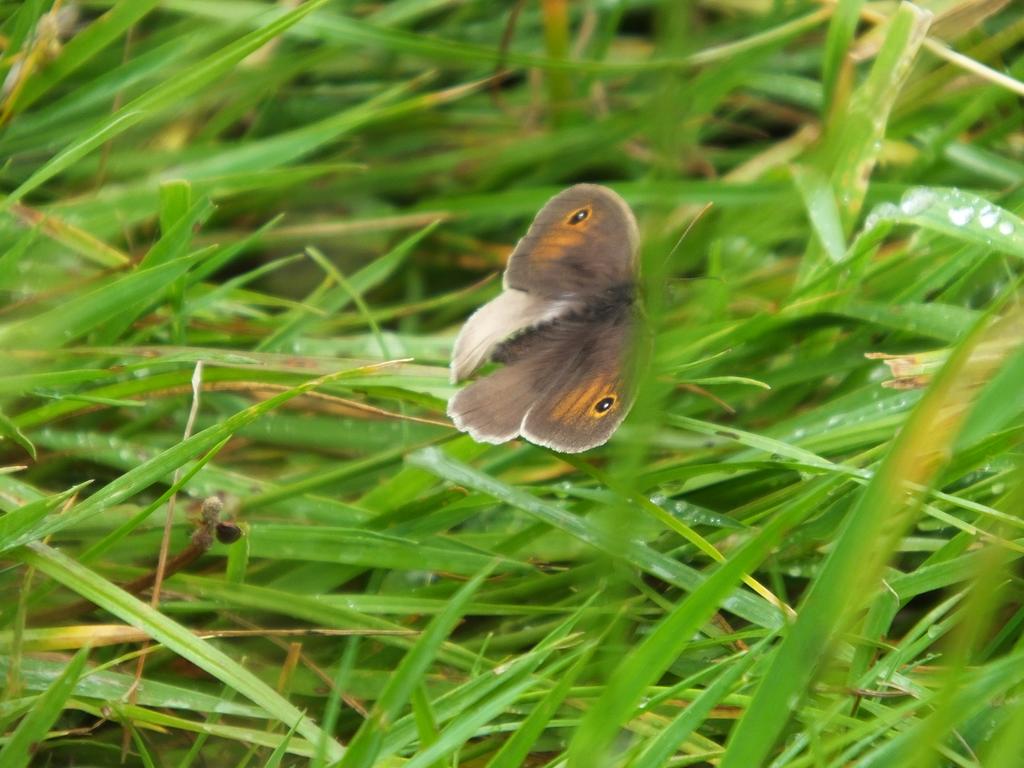Post by Dave on Jun 21, 2015 10:48:34 GMT
Primley Park Nature Reserve 20th June 2015
In this very busy world we live in, it’s amazing how we often end up not knowing what is almost on our own doorsteps. How many times have I walked or driven into Paignton town centre from my home close to the zoo? How many times have I noticed the gateway in the wall on the Totnes Road across the road from the back of Hayes school?
I also wondered why Carol and I never went to this place for a walk; it sure is a place we would have both enjoyed exploring together. After doing some research this morning, I have discovered the park was only opened to the public for the first time in 1995, something we both must have missed hearing about.
After working hard all week, I do not like to waste my weekends off, I always try to do something on the Saturday or the Sunday. With no football matches taking place at the moment it’s a simple case of having to find something else to do. After cutting the grass at home in the morning( before the expected rain came) I decided that after lunch I would go and check out Primley Park.
It only took five minutes to walk from my front gate to the entrance of the park, camera at the ready I walked through the gateway up a small slope into the meadow. There are some interesting looking trees in the meadow and the place I got my first sighting of the buzzard that I’m told is regularly seen in the park. He was far too quick for me as he flew past me into the woodland, so I was not able to get a shot of him.
I walked around the left hand side of the meadow and soon found a path that would lead me up into the woodland. This path is at the back of Primley House and from it you can look down on the house. The whole park was once the extended garden of Paignton Zoo's founder, Herbert Whitley.
Herbert Whitley was born in 1886 and lived in Liverpool for his childhood. His father, Edward Whitley, was a businessman. Edward Whitley died in 1892. His wife, Eleanor, moved her five children to Paignton in 1904. They took over the Primley Estate when Herbert was only 18.
Herbert Whitley's zoo began when, his mother gave him a pair of canaries. He went on to breed and exhibit finches, rabbits, poultry and pigeons. Herbert and his brother William formed a partnership to manage Primley. Their plan was to create a breeding centre for animals. The first monkeys arrived in 1910 and a pair of sulphur crested cockatoos in 1911.
In 1923, Herbert Whitley opened his collection, then known as Torbay Zoological Gardens, to the public. On show were bears, monkeys, bison, zebra, hyena, baboons and many birds. The entry fee was one shilling (5p) for adults and sixpence (2.5p) for children. The Zoo closed briefly in 1924 because of entertainment tax; Whitley felt that his zoo was a place of learning and not entertainment. In 1930 the collection changed its name to Primley Zoological Gardens.
In 1955 Whitley's health started to fail; he died on 15th September, aged 69. His Will made provision for a scientific and educational Trust to be established. The Herbert Whitley Trust was formed; in 1991 this became the Whitley Wildlife Conservation Trust.
In 1996 the Zoo's name and logo was changed to Paignton Zoo Environmental Park and the habitat theme was introduced. In 2003 the Trust built and opened Living Coasts, Torquay's coastal zoo, and bought Newquay Zoo in Cornwall.
Primley House is now being used as a nursing home and gone are the stables that were once beside the entrance so we no longer see groups of horse riders in the area as we once did. Mind you the old Unigate dairy has also long since been demolished and a flat complex built on the site. I worked there for a good number of years and peacocks from the nearby zoo were very regular visitors.
Back to the walk and the pathway takes you up eventually to the top of the hill, there are many paths you could choose and I tried to make sure I walked all of them. There a good number of very old trees to look at and plenty that have fallen down and died. I always find it amazing that in such locations you seldom see very much wildlife. You can hear birds singing but seeing them is a different matter.
I was beginning to feel I was the only person still left of this planet earth, then a man walked by with his two small dogs. I was now at the highest part of the wood and spotted my first sighting of a squirrel that was low down feeding on a tree that had long since fallen down. I had the perfect shot but as I pressed the shutter button a large Alsatian dog had crept up on me from behind and barked at me. The end result was a very blurred shot that was unusable. The lady with the dog told me I was at a location were a woman came daily to feed the squirrels, so I will at some point go back there again.
The second very heavy rain shower was falling and so I sat on a near by seat and thankfully due to the dense covering above did not get wet at all. Shower all finished I walked on and could hear what sounded like some wood pigeons high up in a tree nearby. I was able to find said tree and thanks to my super long zoon lenses on my camera was able to get a shot of them.
I soon had to turn right onto a lower path that took me back to the path that had taken me up into the woods and also back into the meadow. I did manage to get a shot of a butterfly but due to two ladies talking to me missed getting a shot of the biggest and best colour butterfly I have ever seen.
Primley Park is a real gem and I’m so glad I have now been there and will be going there again on many more occasions that are for sure. I now want to also explore Clennon Gorge that I have reading about this morning, but will have to pay to get into the zoo to do so.
www.wwct.org.uk/conservation-research/south-west-uk/primley
Primley Park, once the extended garden of Paignton Zoo's founder, Herbert Whitley, is a public open space which first opened its gates in 1995. Since then it has become a very popular place for those seeking more natural surroundings in the middle of
Paignton.
The Park is edged all around by trees sheltering it away from the town and, once inside, the visitor can walk around the meadow and woodland and feel removed from the hustle and bustle of urban life. The meadow gives Primley Park its name as it comes from the term ‘prime lea’ or ‘best meadow’ and, not so long ago, horses were grazed on the lush grasses.
The combination of grassland, mature trees and dense scrub provides great habitat for a range of native species. We manage the grassland simply by taking a hay crop every year and cutting back the scrub which prevents a build-up of nutrients which would ultimately lead to the area becoming woodland. To see how fast that could happen, look for young saplings of oak and sweet chestnut amongst the grass in the summer. These were planted by jays and squirrels the previous autumn and then forgotten.
The woodland has some wonderful mature trees of significant age up to, and in a few examples, exceeding 200 years old. These mature trees will have developed features such as rot holes, splits and flaking bark that provide fantastic habitats for insects, fungi, bats and birds, to name a few. Whilst these features are good for wildlife they can be hazardous to people and so we manage our trees carefully, carrying out surgery to ensure they are safe. Surrounding these giant trees is a dense canopy of younger trees that are around 40 years old and have grown up naturally. These trees grew fast and were crowded so needed to be thinned out. Thinning ensures quality trees are retained, poor ones are removed and, over a long period of time, a better woodland structure is created.
One of the best times of year to visit the woods is in the spring when the bluebells and wild garlic carpet the ground, lit by the dappled sunlight

